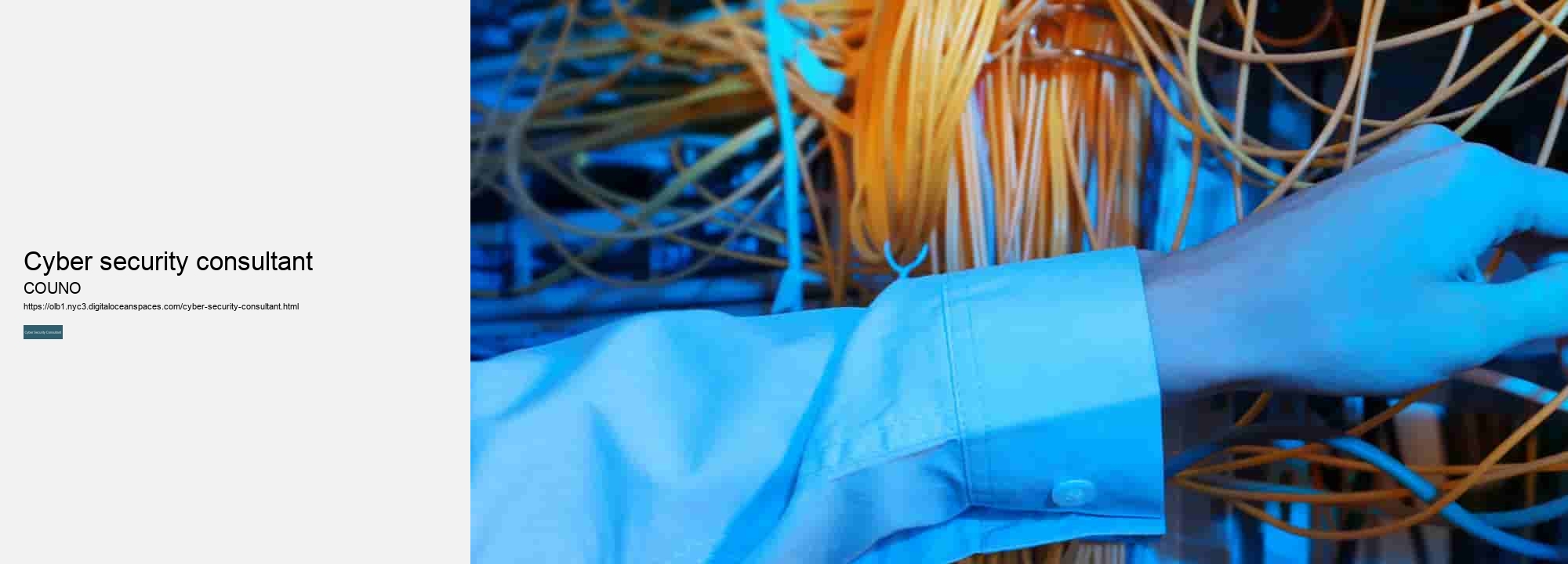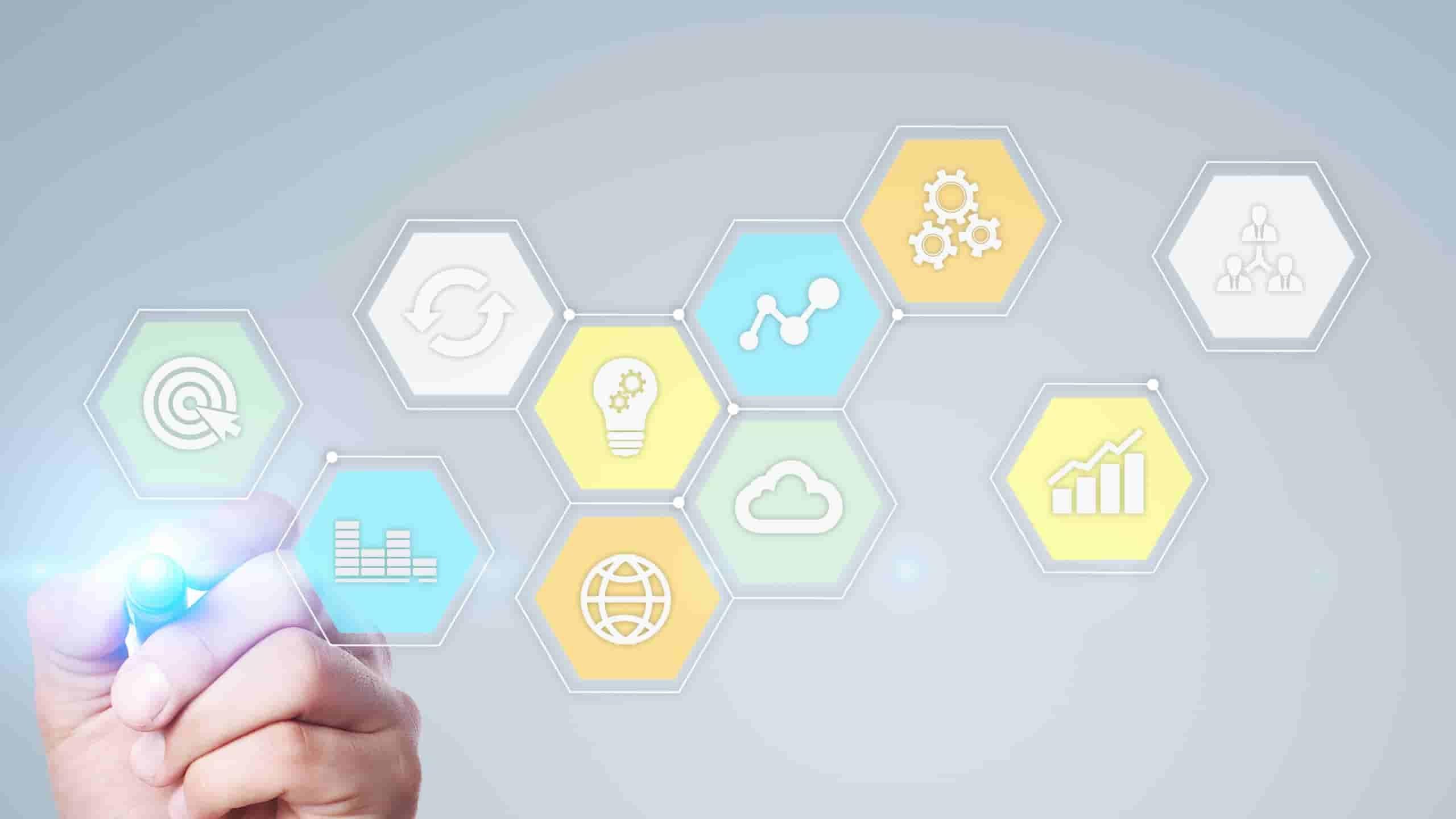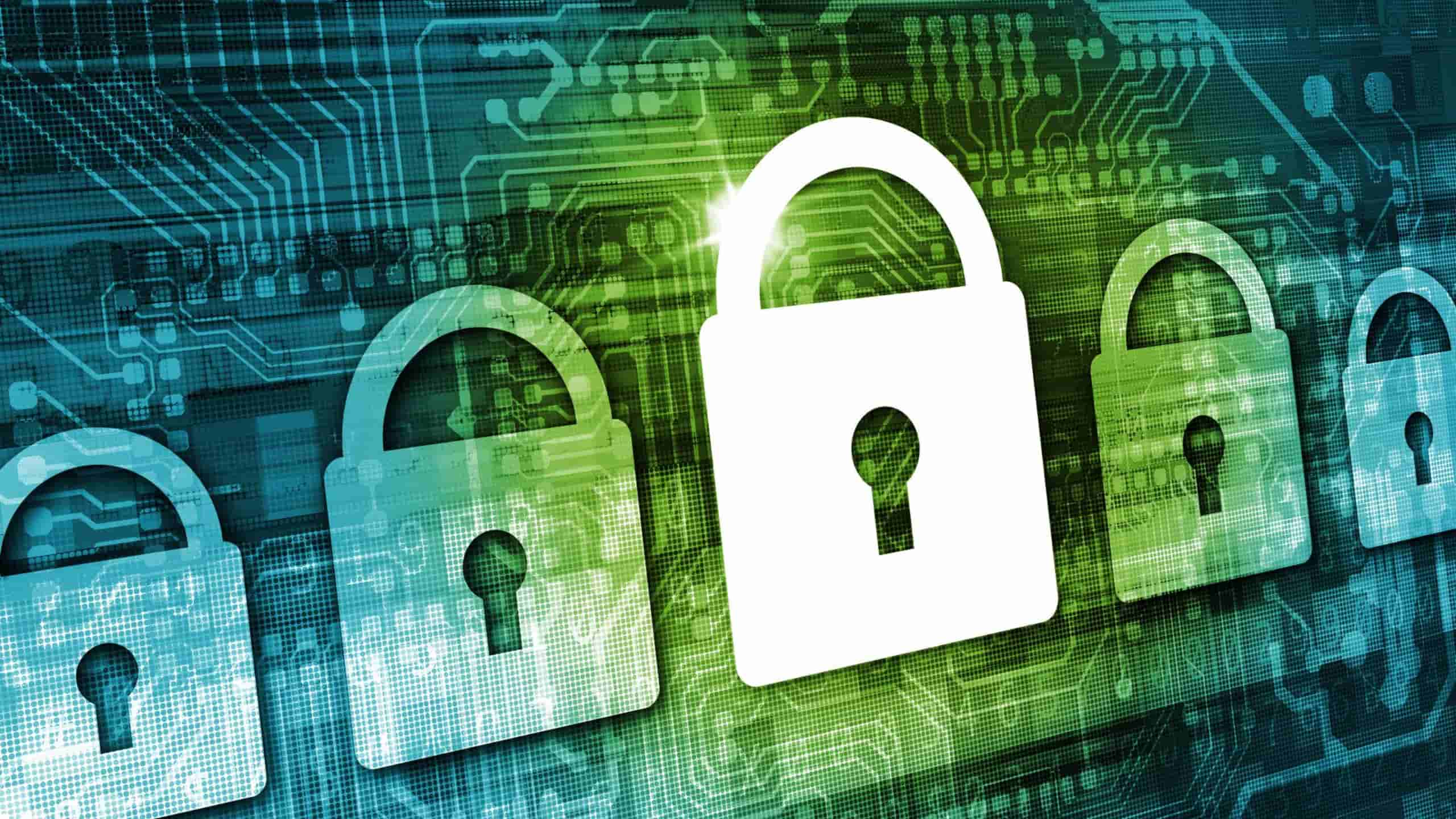

In today's digital age, online security has become a top priority for individuals and businesses alike. One of the most effective ways to protect your sensitive information is through the use of two-factor authentication. But what exactly is two-factor authentication, and why is it recommended for online security? Two-factor authentication (also known as 2FA) is a security process that requires users to provide two different forms of identification in order to access their accounts or services. Typically, these two factors consist of something you know (such as a password) and something you have (such as a mobile phone or hardware token). By requiring both of these factors, two-factor authentication adds an extra layer of security to your online accounts.
First and foremost, it greatly reduces the risk of unauthorized access to your accounts. Even if someone manages to steal or guess your password, they would still need access to your second factor in order to gain entry. This makes it much more difficult for hackers to compromise your accounts. Additionally, two-factor authentication provides peace of mind knowing that even if your password is compromised, your accounts are still protected. With cyber attacks on the rise, having an extra layer of security can make all the difference in keeping your personal information safe from prying eyes.
From email providers to social media networks, enabling 2FA on all of your accounts can help safeguard against potential threats and ensure that only authorized users are able to access your sensitive data. In conclusion, two-factor authentication is highly recommended for online security due to its ability to add an extra layer of protection against unauthorized access. By incorporating this additional step into your login process, you can significantly reduce the risk of falling victim to cyber attacks and keep your personal information secure. So next time you're prompted to enable 2FA on one of your accounts, don't hesitate - take advantage of this powerful tool in safeguarding your digital identity. What is social engineering and how can individuals recognize and avoid falling victim to it?
Social engineering is a deceptive tactic used by cybercriminals to manipulate individuals into disclosing confidential information or performing actions that compromise their security. This type of attack preys on human psychology and relies on tricking people rather than exploiting technical vulnerabilities. Recognizing social engineering attempts can be challenging, as they often appear legitimate and convincing. However, there are some common red flags to watch out for.
These messages may also use urgent language or create a sense of fear to prompt a quick response. Another tactic used in social engineering attacks is impersonation. Attackers may pose as someone trustworthy, such as a colleague, friend, or company representative, in order to gain the victim's trust and extract information from them.
To avoid falling victim to social engineering, individuals should practice good cybersecurity habits and remain vigilant when interacting with unfamiliar sources online. Some important steps to take include:- Being cautious of unsolicited requests for personal information- Verifying the identity of individuals requesting sensitive data- Avoiding clicking on suspicious links or attachments in emails- Keeping software up-to-date to protect against known vulnerabilities- Educating yourself and others about common social engineering tacticsBy staying informed and practicing caution when interacting online, individuals can reduce their risk of falling victim to social engineering attacks. Remember that it is always better to err on the side of caution and question any requests that seem suspicious.
By remaining vigilant and aware of potential threats, you can protect yourself and your personal information from falling into the wrong hands. What is the difference between cybersecurity and information security? Cybersecurity and information security are two terms that are often used interchangeably, but they actually refer to slightly different concepts within the realm of protecting data and systems. While both are essential in today's digital age, understanding the distinctions between them can help organizations better safeguard their assets.
This includes not only electronic data but also physical records and other forms of sensitive information. Information security focuses on creating policies and procedures to ensure the confidentiality, integrity, and availability of data across various platforms. On the other hand, cybersecurity specifically deals with protecting digital information from cyber threats such as hacking, malware, phishing attacks, and other malicious activities.
It involves implementing technologies like firewalls, antivirus software, encryption tools, and intrusion detection systems to detect and prevent cyberattacks. While information security is more holistic in its approach to safeguarding all types of data within an organization, cybersecurity is more focused on defending against online threats specifically. Both are crucial components of a comprehensive security strategy and work together to ensure the overall protection of an organization's assets.

In summary, while there may be some overlap between cybersecurity and information security in terms of goals and strategies used for protection against threats; they each have their own unique focus areas within the wider field of data security. By understanding these differences and implementing appropriate measures for both cybersecurity and information security practices organizations can effectively mitigate risks associated with potential breaches or attacks on their systems. How to Protect Your Personal Data from Cyber AttacksIn today's digital age, our personal data is more vulnerable than ever to cyber attacks. From identity theft to financial fraud, the risks of having our information compromised are very real.
One of the first things we can do to safeguard our data is to use strong, unique passwords for all of our online accounts. This means avoiding easily guessable passwords like "123456" or "password" and instead opting for combinations of letters, numbers, and special characters. It's also important to change these passwords regularly and never share them with anyone else.
This includes being mindful of the privacy settings on social media platforms and refraining from posting sensitive details like our full name, address, or phone number in public forums. We should also be wary of phishing emails or messages that may try to trick us into giving away personal information. Investing in cybersecurity software can also go a long way in protecting our personal data from cyber attacks.
It's important to keep these software programs up-to-date by installing patches and updates as soon as they become available. Lastly, staying informed about the latest cybersecurity threats and trends can help us stay one step ahead of potential attackers. By educating ourselves on common tactics used by hackers and learning how to recognize suspicious activity online, we can better protect ourselves from becoming victims of cyber attacks.
In conclusion, safeguarding our personal data from cyber attacks requires a combination of vigilance, awareness, and proactive measures. By following best practices like using strong passwords, being cautious about sharing information online, investing in cybersecurity software, and staying informed about potential threats, we can greatly reduce the risk of falling victim to malicious actors. Let's prioritize protecting our personal data in this digital age so that we can enjoy peace of mind knowing that our information is safe and secure. How to Create Strong and Secure PasswordsCreating strong and secure passwords is essential in today's digital world. With the increasing number of cyber threats and hacking attempts, it is more important than ever to protect your personal information and online accounts with robust passwords.
These weak passwords are a hacker's dream, as they can easily be cracked using automated tools. To create a strong password, you should aim for a combination of letters (both uppercase and lowercase), numbers, and special characters. This will significantly increase the complexity of your password and make it much harder for hackers to crack. Another important aspect of creating secure passwords is to avoid using easily guessable information such as your name, birthdate, or any other personal details.
Instead, try to come up with a random combination of characters that have no obvious connection to you personally. It is also crucial to use unique passwords for each of your online accounts. Reusing the same password across multiple platforms makes you vulnerable to widespread security breaches. If one account gets compromised, all of your other accounts with the same password are at risk as well.

By having unique passwords for each account, you can minimize the potential damage in case one account gets hacked. Remembering multiple complex passwords can be challenging, but there are several strategies you can use to help manage them effectively. Consider using a reputable password manager tool that securely stores all your login credentials in an encrypted vault. This way, you only need to remember one master password to access all your other passwords. In conclusion, creating strong and secure passwords is a crucial step in protecting your online identity and sensitive information from cyber threats. By following these guidelines and implementing good password hygiene practices, you can significantly reduce the risk of falling victim to hackers and keep your online accounts safe and secure.
These deceptive emails are designed to trick you into revealing personal information or clicking on malicious links that can compromise your security. One of the most common signs of a phishing email is a sense of urgency. Scammers often use tactics such as threatening consequences if you don't act quickly, or claiming that there has been suspicious activity on your account. They may also try to create a sense of trust by impersonating a familiar company or organization. However, legitimate companies will never ask you to provide sensitive information via email.
Phishing emails are often written hastily by scammers who may not be fluent in the language they are using. If an email contains multiple mistakes, it's likely that it's not from a reputable source. It's also important to pay attention to the sender's email address. While scammers may attempt to make their emails appear legitimate by using logos or branding from well-known companies, the actual email address may be misspelled or unrelated to the supposed sender. To protect yourself from falling for phishing scams, it's important to never click on links or download attachments from unfamiliar sources.
Instead, hover over links with your mouse cursor to see where they lead before clicking on them. You should also verify the legitimacy of any requests for personal information by contacting the supposed sender directly through official channels. By staying vigilant and following these tips, you can reduce your risk of becoming a victim of phishing scams. Remember that if something seems too good to be true or raises suspicions, it's always better to err on the side of caution. Protecting your personal information and online security should always be a top priority in today's digital world.
From smartphones to laptops, we rely on these devices for communication, entertainment, and productivity. However, with the rise of malware and viruses, it is crucial to take steps to protect our devices from potential threats. To keep your devices safe from malware and viruses, there are several best practices that you should follow. First and foremost, make sure to keep your operating system and software up to date.
By regularly updating your device, you can stay ahead of potential vulnerabilities. Another important step is to install antivirus software on your device. Antivirus programs are designed to detect and remove malicious software before it can cause damage. There are many reputable antivirus products available on the market, so be sure to choose one that fits your needs and budget.

They use a combination of manual assessments and automated tools to scan systems, review configurations, and perform penetration testing.
A Cyber Security Consultant should have a strong background in IT, certifications like CISSP or CISM, and experience in security risk assessment and mitigation.
Consultants ensure that the organization adheres to regulations such as GDPR, HIPAA, and PCI-DSS by conducting compliance audits and recommending necessary changes.